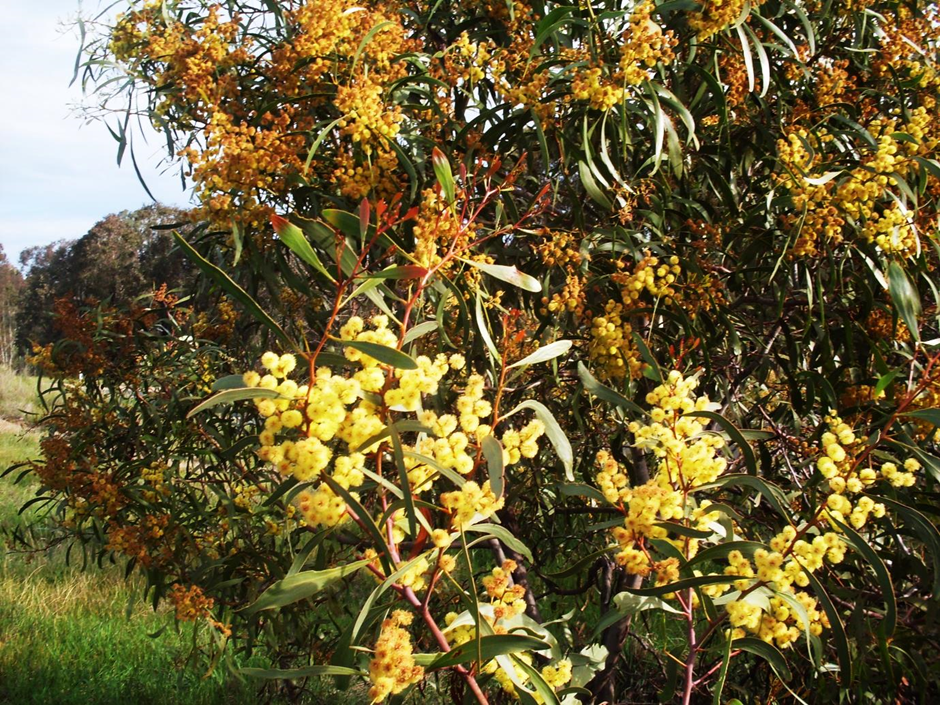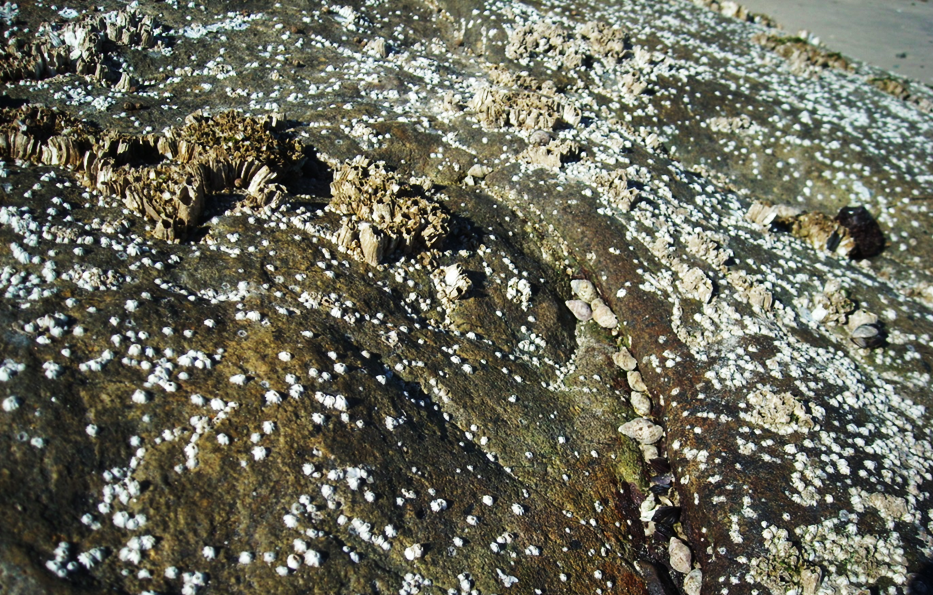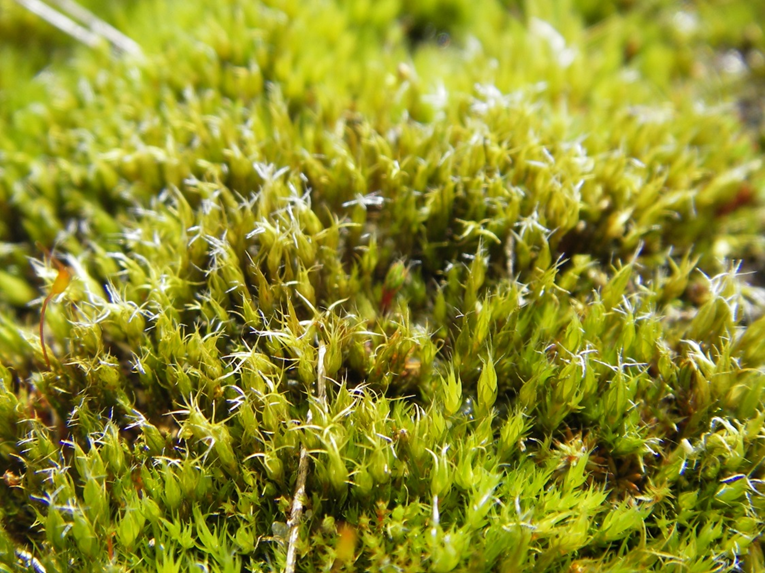Getting to grips with decision-making in invasive plant management
Making decisions about the clearing of invasive alien plants is not an easy process. Despite a plethora of academic literature and practical examples, managers continue to rely on experience and anecdotes instead of using scientific findings.





